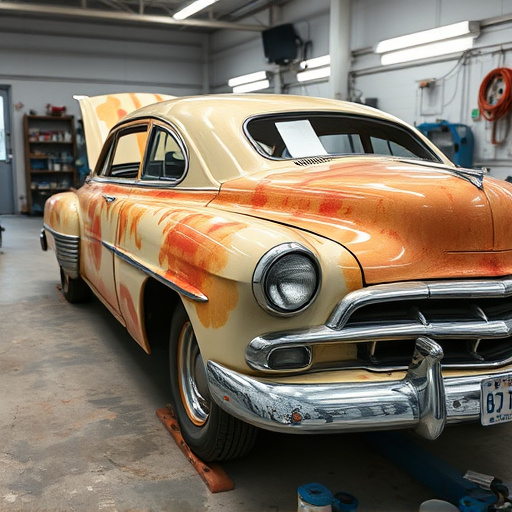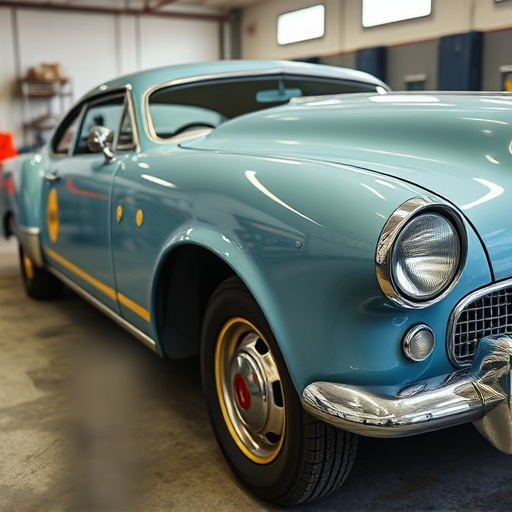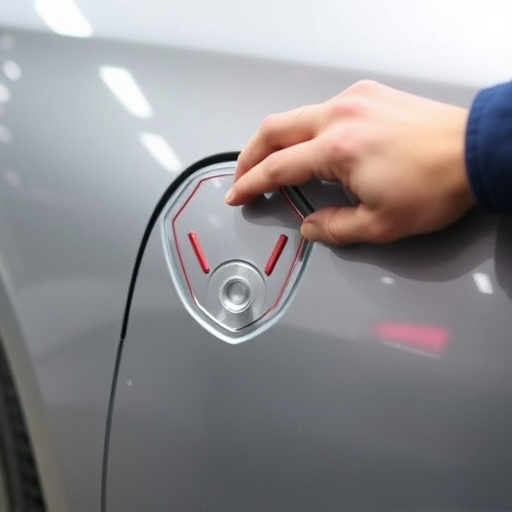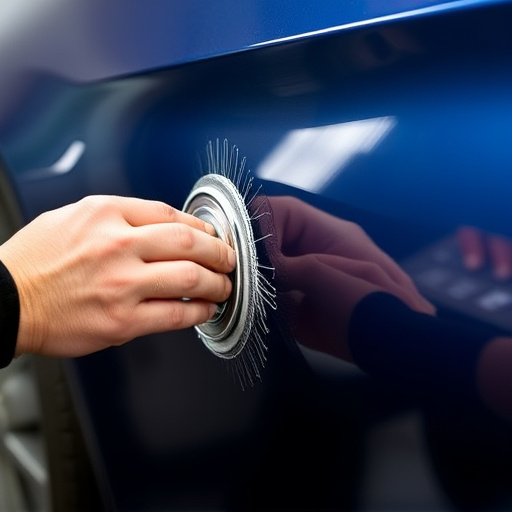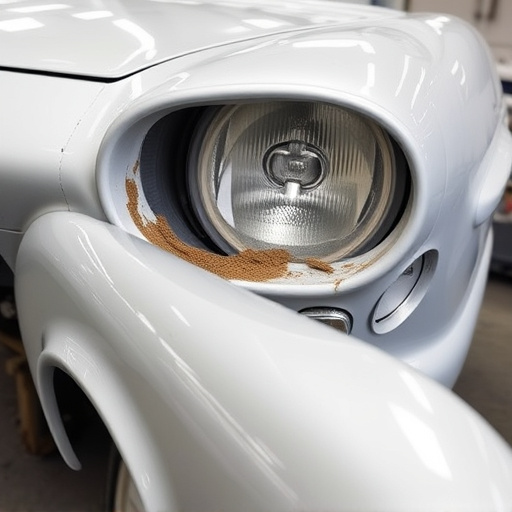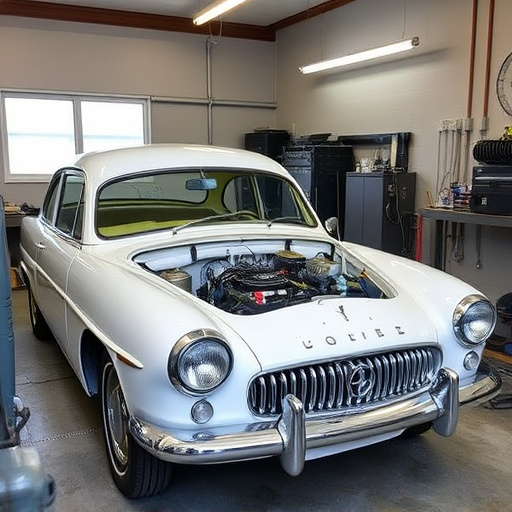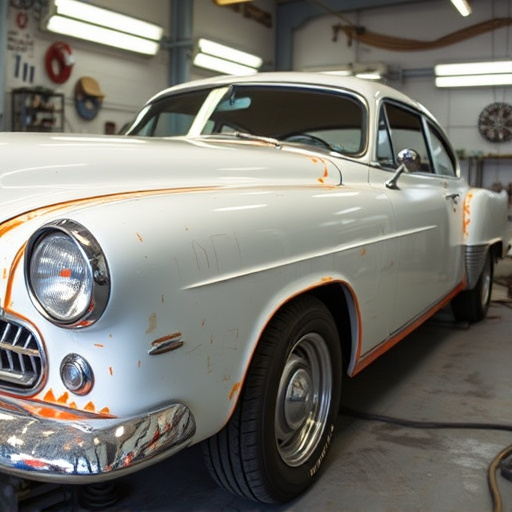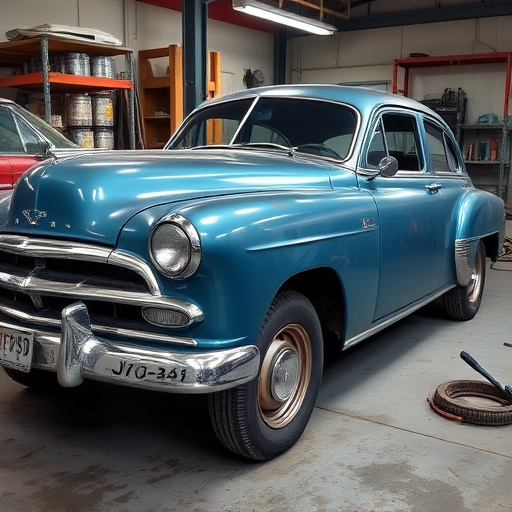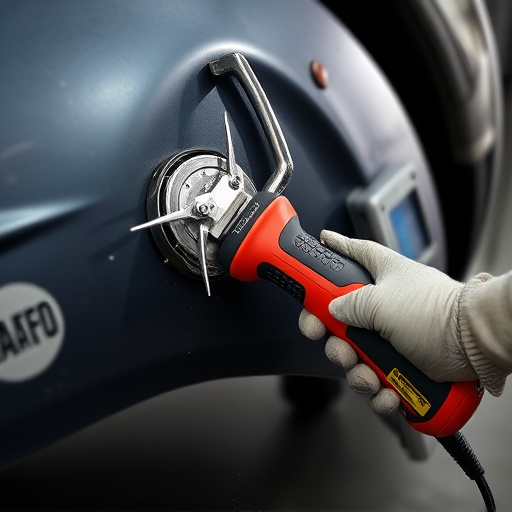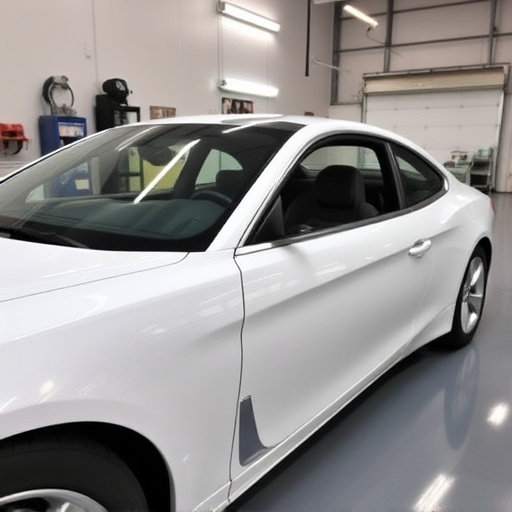The Mercedes Active Body Control (MBC) system enhances vehicle stability and safety through advanced suspension adjustments. Regular maintenance is crucial, as aging or damaged components can cause failures, impacting handling and performance. Reputable collision centers specialize in MBC repairs, offering diagnostics, component replacement, software updates, and autobody services to restore optimal Mercedes performance. Prompt action upon warning signs of failure ensures driver safety and maintains the vehicle's stability and handling capabilities.
Mercedes Active Body Control (MBC) is a revolutionary system designed to enhance vehicle dynamics and passenger comfort. However, like any sophisticated technology, it’s not immune to failure. This article delves into the crucial topic of Mercedes active body control repair, focusing on understanding the system, identifying common causes of failure, and providing a step-by-step guide for the repair process. Recognizing the warning signs and seeking prompt repair is essential to ensure optimal vehicle performance and safety.
- Understanding Mercedes Active Body Control (MBC) System: Its Function and Importance
- Common Causes of MBC System Failure and When to Seek Repair
- Step-by-Step Guide to Mercedes Active Body Control Repair Process
Understanding Mercedes Active Body Control (MBC) System: Its Function and Importance
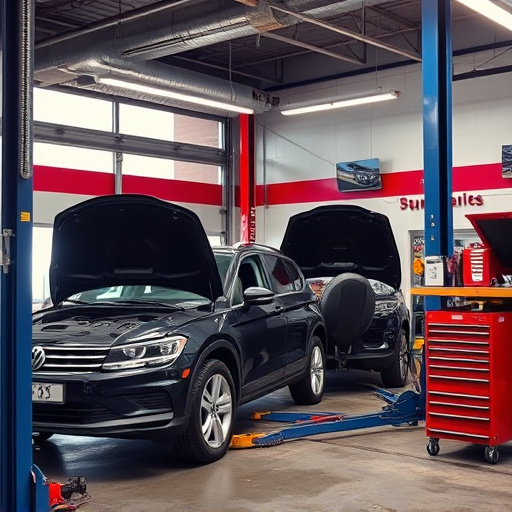
The Mercedes Active Body Control (MBC) system is a sophisticated technology designed to enhance vehicle stability and handling. It uses sensors and actuators to continuously monitor and adjust the suspension, ensuring optimal contact with the road surface. This active system improves cornering, reduces body roll, and provides a smoother ride, especially at high speeds or on uneven terrain. The MBC plays a crucial role in safety by enabling better control during sudden maneuvers or emergency braking.
Understanding the importance of this system, regular maintenance is essential to prevent failures. A “Mercedes Active Body Control repair” might become necessary if issues arise due to various factors, including aging components, manufacturing defects, or external damage like hail injuries that require a visit to a reliable vehicle body shop or collision center for proper repairs and restoration of the MBC’s optimal performance.
Common Causes of MBC System Failure and When to Seek Repair
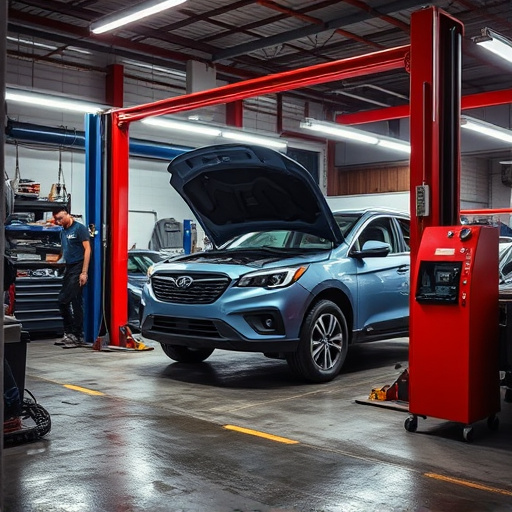
The Mercedes Active Body Control (MBC) system is designed to enhance driving dynamics and comfort. However, like any sophisticated technology, it can fail due to various reasons. Common causes include electrical issues, sensor malfunctions, or component wear over time. If you receive a warning indicating MBC system failure, it’s crucial to address the issue promptly. Delays can lead to more severe problems, affecting both vehicle performance and safety.
Knowing when to seek repair is essential for maintaining your Mercedes’ optimal condition. Signs that warrant immediate attention include unpredictable handling, unusual vibrations, or a complete loss of control systems. For an auto repair near you that specializes in Mercedes, look for a reputable auto collision center offering comprehensive services, including MBC system diagnostics and repairs, alongside top-notch car paint services if needed.
Step-by-Step Guide to Mercedes Active Body Control Repair Process

When a “Mercedes Active Body Control System Failure” warning appears on your dashboard, it’s crucial to take immediate action. This advanced system is responsible for ensuring your vehicle maintains optimal stability and handling during all types of driving conditions. A failure can manifest as unusual steering behavior, poor handling, or even a complete loss of control. Luckily, Mercedes offers a comprehensive repair process designed to get you back on the road safely.
Here’s a step-by-step guide for Mercedes Active Body Control (ABC) repair:
1. Safety First: Park your vehicle in a safe location and engage park mode. Ensure all passengers are secure before beginning the repair process.
2. Diagnose the Issue: Use a diagnostic scan tool to retrieve error codes from the ABC control unit. This will pinpoint the exact problem area, whether it’s sensor failure, actuator malfunction, or software corruption.
3. Replace Faulty Components (if necessary): Depending on the diagnosis, replace faulty sensors, actuators, or other components identified as the root cause of the issue. This might involve removing and inspecting parts like steering column sensors, suspension struts, or control arms.
4. Update ABC Software: In some cases, a simple software update may resolve the problem. This involves flashing new firmware onto the ABC control unit to correct any errors in the programming.
5. Autodyne Repairs (if applicable): If the issue is related to an autobody repair or fender bender, ensure that all structural damage has been properly addressed and aligned before proceeding with ABC calibration. This ensures accurate sensor readings and optimal system performance.
6. Test Drive and Calibration: After completing all repairs, perform a thorough test drive in various driving conditions. Calibrate the ABC system as needed to ensure it functions optimally, providing precise handling and stability control.
The Mercedes Active Body Control (MBC) system is a crucial component for a smooth and safe ride, and its failure can lead to serious issues. By understanding common causes of MBC system failures, such as sensor malfunctions or software glitches, car owners can take proactive measures. Prompt repair is essential to prevent further damage and ensure the vehicle maintains its stability and handling capabilities. Following a structured repair process, as outlined in this article, can help restore the MBC system to optimal performance, providing drivers with peace of mind on the road. For any Mercedes active body control repair needs, seeking professional assistance from authorized service centers is advised.




